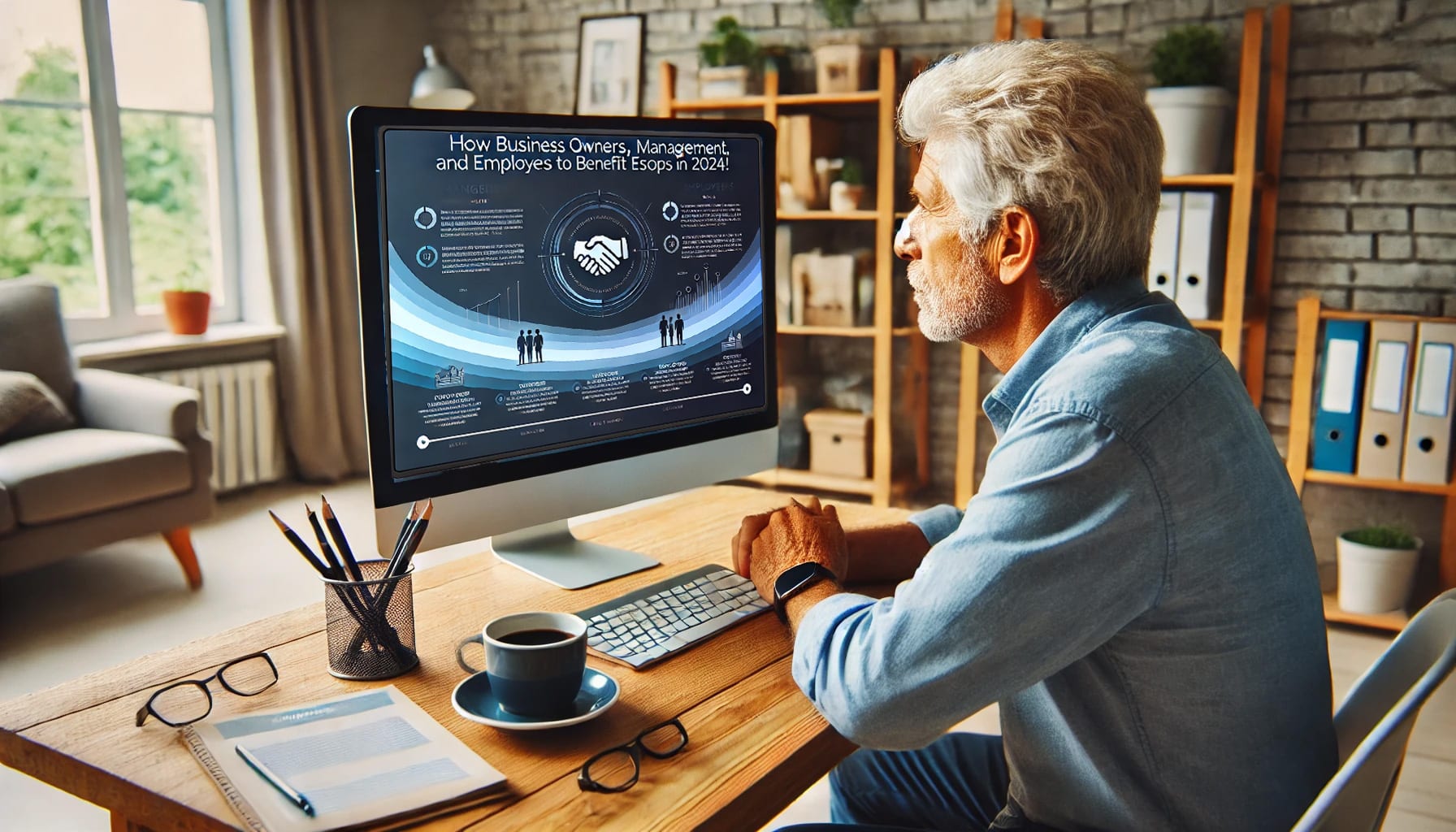And the Senate Follows Up With a Powerful Push to Expand Employee Ownership
Washington, D.C. – July 22, 2025
This week marked a historic moment for the employee ownership movement. On Tuesday, the House Education and Workforce Committee held a hard-hitting oversight hearing scrutinizing the Department of Labor’s Employee Benefits Security Administration (EBSA) for what many in the ESOP community describe as years of opaque investigations, litigation-by-enforcement, and systemic bias against ESOPs.
Just two days later, the Senate HELP Committee followed up with a hearing of its own—this one focused squarely on empowering workers through expanded employee ownership.
Together, these events form a powerful one-two punch: accountability for past agency overreach, and legislative proposals to secure a more supportive future for ESOPs and their employee-owners.

House Hearing Highlights: Calling Out EBSA’s Broken Practices
James Bonham, President and CEO of The ESOP Association (TEA), delivered compelling testimony at the House hearing on July 22, raising serious concerns about:
Never-ending EBSA investigations that last for years without resolution.
Secret “common interest” agreements between the DOL and class-action plaintiff firms.
Unwritten and arbitrary enforcement rules that create confusion, cost, and fear.
These practices, Bonham warned, are chilling new ESOP formations and undermining bipartisan Congressional intent to grow employee ownership in America.
Two TEA-backed reform bills were center stage:
H.R. 2869 – The EBSA Investigations Transparency Act: Requires annual reporting to Congress on open investigations.
H.R. 2958 – The Balance the Scales Act: Mandates disclosure of common interest agreements with private plaintiffs’ attorneys.
Senate Momentum: Legislation to Expand Employee Ownership
On July 24, the Senate Health, Education, Labor, and Pensions (HELP) Committee held a hearing titled “Empowering Workers by Expanding Employee Ownership.” TEA submitted a formal statement supporting several bills that aim to modernize and protect ESOPs:
S. 1727 – The Employee Ownership Fairness Act
Fixes a little-known but significant issue:
ESOP contributions currently count against annual retirement contribution caps (Sections 404 and 415 of the IRC), sometimes forcing companies to claw back employee 401(k) contributions—especially when company stock performs well.
This bill would ensure ESOP contributions are treated separately, protecting retirement savings and avoiding tax penalties for long-serving employee-owners.
S. 1728 – The Employee Ownership Representation Act
Adds two ESOP representatives to the ERISA Advisory Council, finally giving employee ownership a seat at the regulatory table.
Currently, ESOPs—despite being governed by ERISA—have zero formal representation, leading to years of overlooked concerns and misguided enforcement.
The Retire Through Ownership Act
Codifies that ESOP fiduciaries can rely in good faith on valuations conducted under IRS Revenue Ruling 59-60—a gold standard in the appraisal community for over 60 years.
This would reduce legal uncertainty and help prevent the DOL from continuing to regulate valuation through enforcement actions instead of clear guidance.
Why This Week Mattered
From Tuesday’s grilling of EBSA’s conduct to Thursday’s celebration of ESOPs as a model of inclusive capitalism, Congress sent a strong bipartisan message:
Employee ownership isn’t just an idea. It’s a priority.
As Bonham said in his House testimony:
“Congress wants to see employee ownership thrive. But EBSA’s tactics are having the opposite effect—undermining confidence, discouraging formation, and draining resources from the very companies that make employee ownership work.”
And as TEA stated to the Senate:
“These bills represent common-sense reforms that will help remove barriers, clarify rules, and empower more workers to build wealth through ownership.”
What’s Next?
The ESOP community has powerful allies—but your voice matters too.
Call your Members of Congress and urge them to support H.R. 2869, H.R. 2958, S. 1727, and S. 1728.
Join TEA’s next advocacy push to keep this momentum going.
Stay informed—these hearings were just the beginning.


 Phil DeDominicis is an ESOP strategist and M&A advisor who has guided 300+ companies through ESOP formations, financing, and transactions over 20+ years at Menke & Associates. He specializes in selling ESOP‑owned businesses to financial or strategic buyers and in helping ESOP companies acquire other businesses.
Phil DeDominicis is an ESOP strategist and M&A advisor who has guided 300+ companies through ESOP formations, financing, and transactions over 20+ years at Menke & Associates. He specializes in selling ESOP‑owned businesses to financial or strategic buyers and in helping ESOP companies acquire other businesses.




